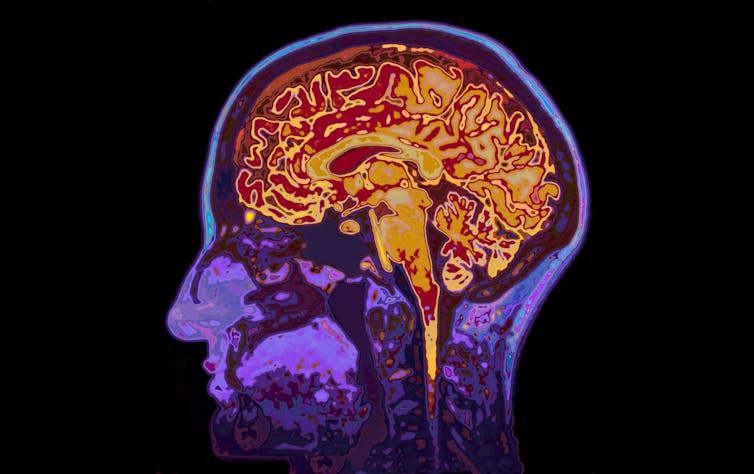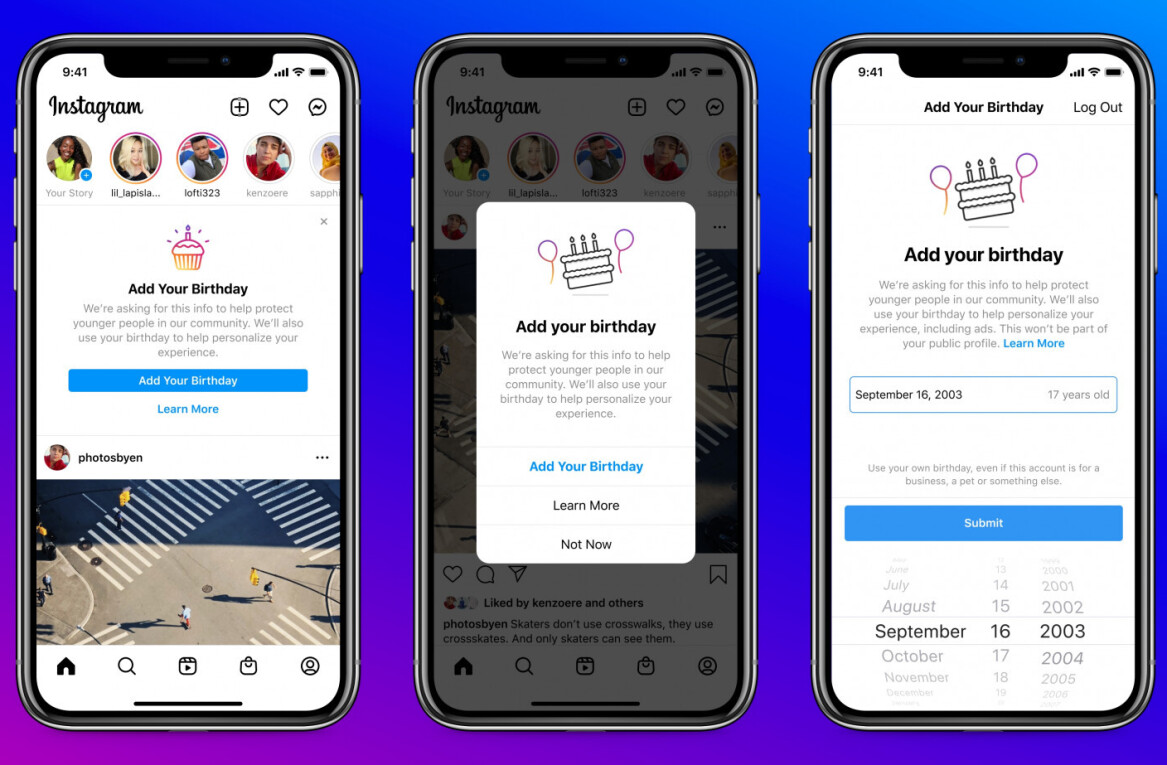
Large numbers of people around the globe have been forced into solitude due to the coronavirus pandemic. However, social distancing is utterly at odds with our drive for social connection, the cornerstone of human evolution.
Suddenly confronted with a lack of social interactions, many of us are now experiencing more loneliness. We are missing that reassuring hug or shoulder pat from another human – things we might normally expect in times of adversity. To cope, we try to fill the void with online social activities, such as synchronized Netflix viewings, games and video chat dance parties. But do these help?
The lonely brain
When we spend quality time with another person, we experience intrinsic joy. Brain scanning studies show that subcortical brain regions, such as the ventral striatum, which plays an important role in motivation, are activated when receiving monetary and social rewards.

When we feel lonely and rejected, brain regions associated with distress and rumination are activated instead. This may be due to evolution driving us to establish and maintain social connections to ensure survival. Lonely people also have a more negative focus and anxiously scrutinize people’s intentions. Sometimes this can become so strong that it makes us feel even more lonely – creating a vicious cycle.
Not everyone relishes social connection to the same extent though. People with a more extrovert personality type seek more social activities, have access to larger social networks, and report lower perceived loneliness. People who score highly on neuroticism tend to report more perceived social isolation.
Loneliness has for some time been recognized as a significant threat to physical and mental health and has been found to be predictive of mortality.
So how can you best cope with loneliness and isolation? Analysis has suggested that the most successful interventions find ways to address the distorted thinking that loneliness creates. So if you are feeling lonely, try identifying automatic negative thoughts – such as assuming people don’t want to hear from you – and reframing them as hypotheses rather than facts.
Another recent review of literature found that targeting coping strategies can also be beneficial. It discovered that approaches such as joining a support group to remove feelings of loneliness work particularly well. Emotion-based coping strategies, such as lowering expectations about relationships, were not as effective.
Technological solutions
Social media is often vilified in public discourse. But many people who are self-isolating now rely on online social tools. An important aspect missing in instant messaging and social media platforms such as Facebook, Instagram, and Twitter, however, is the nonverbal cue – such as a smile, gesture or glance. These allow us to gauge the tone and context of a social encounter. When this information is missing, we perceive fewer friendly cues from others.
So while online tools can be helpful during periods of isolation, embodiment and social presence are nevertheless missing. But there are ways to boost the rewards of online communication. One study used augmented reality to enable two people to interact with each other’s video chat images and found that they reported a higher sense of social presence and a more engaging experience. Similarly, participating in shared activities benefits the formation of close relationships with others. So whether it is a virtual pub quiz or a dance party, this may be particularly valuable during the lockdown.
Robots designed to engage us on a social level could also help isolated people feel less lonely, as they carry the benefit of embodiment. In a randomized control trial with Paro, a cuddly baby seal robot, residents in a care home who interacted with it reported reduced feelings of loneliness.
Research from our own laboratory seeks to identify how robotic features or behaviors influence our ability to feel socially connected to these machines. For example, a new study highlights that people conversationally engage with a humanoid robot to a similar extent as another person, and more so than with a voice assistant like Alexa or Siri.
New advances in mobile brain imaging technologies, along with the increasing social sophistication of some robots, provide opportunities for examining how people establish and maintain social connections with robots in real-time.
While the rise of social robots appears futuristic, they are already moving out of factories and into our homes, supermarkets, and hospitals. They even have new social roles in the coronavirus crisis – for example as supermarket assistants, reminding shoppers of new health and safety rules.
Until we all have a sophisticated social robot to keep us company, perhaps the best remedy is to keep in touch with our loved ones online, especially through shared activities. And let’s focus on the fact that close human contact will soon be safe again.
This article is republished from The Conversation by Emily S. Cross, Professor of Social Robotics, Macquarie University and Anna Henschel, PhD Candidate in Psychology & Neuroscience, University of Glasgow under a Creative Commons license. Read the original article.
Get the TNW newsletter
Get the most important tech news in your inbox each week.





